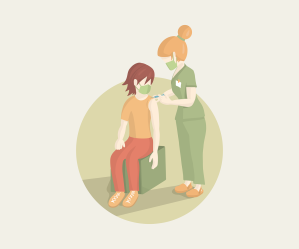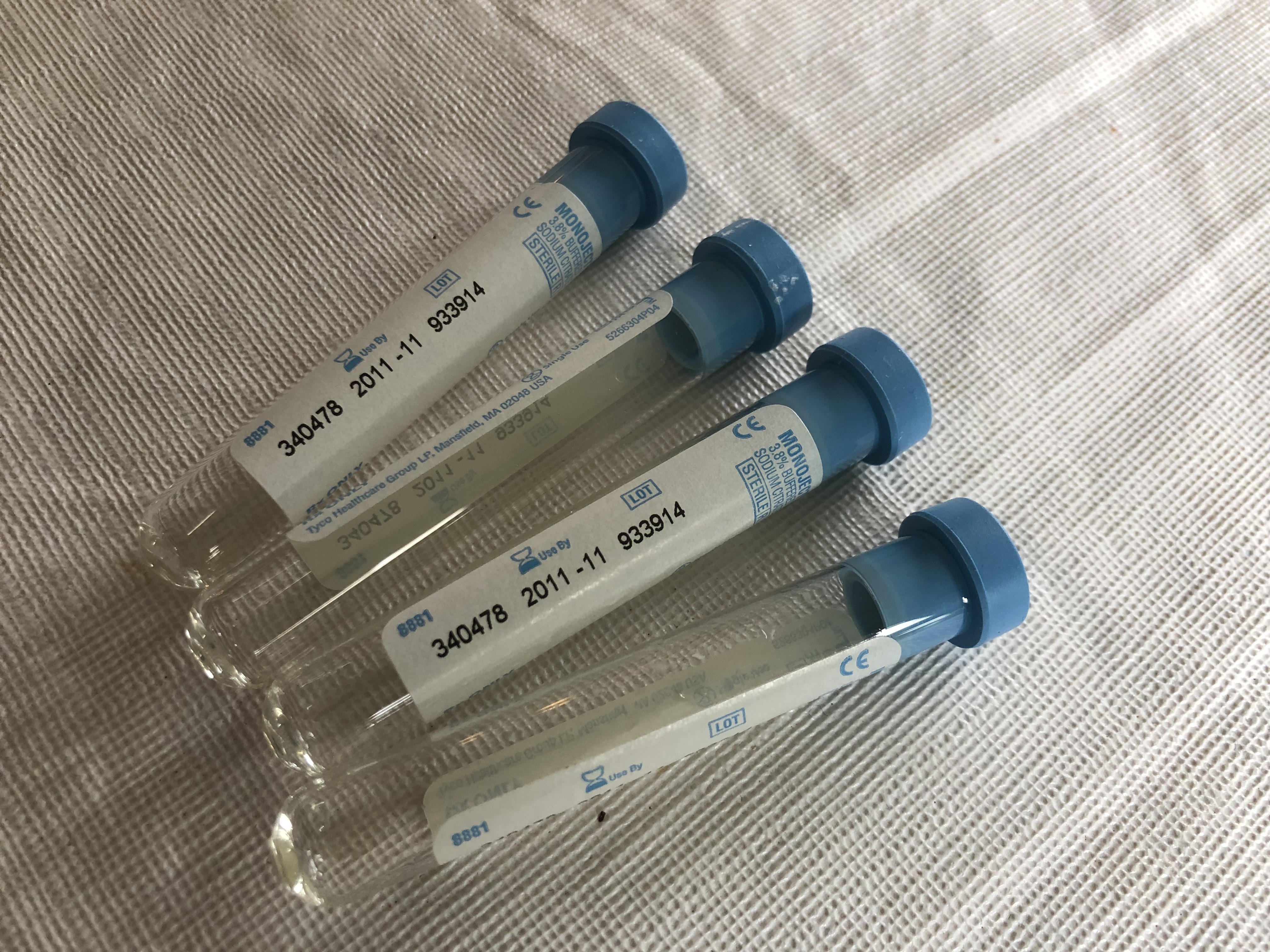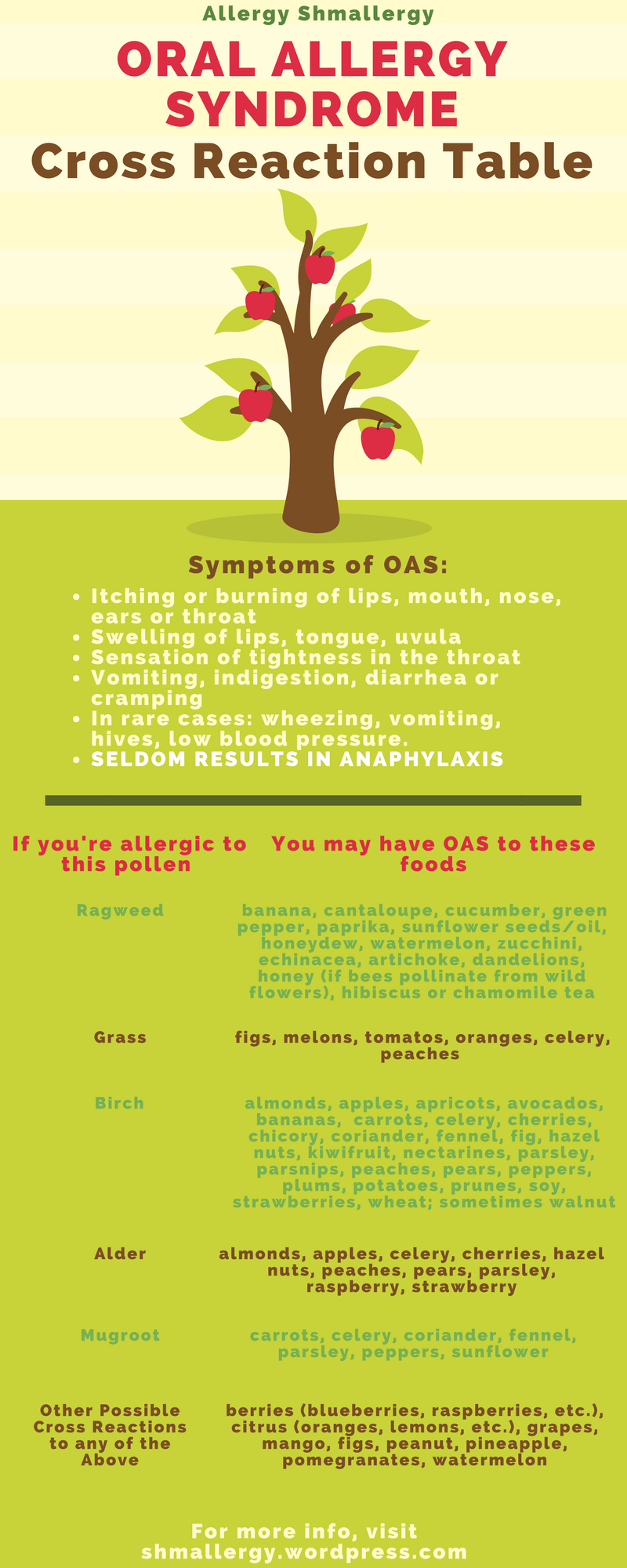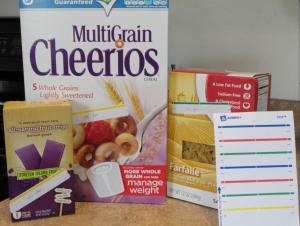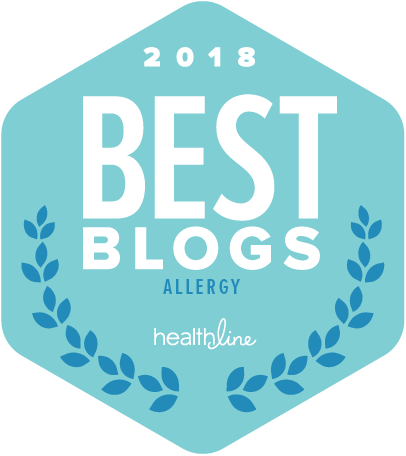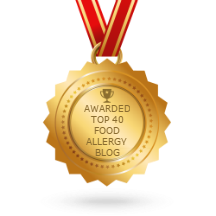On behalf of the 32 million Americans living with life-threatening food allergies as well as the many people who love and care about them, AllergyStrong expresses its sincere disappointment in Uber Eats’ upcoming Superbowl ad. In it, Uber Eats uses food allergies as part of a comedic set-up which places a life-threatening medical condition at the butt of the joke. This tired and insensitive scenario uses people who live with this anxiety-producing condition for a laugh.
Uber Eats’ ad depicts someone with a food allergy forgetting that there are peanuts in peanut butter. Broadcast to the largest television audience of the year, this “joke” comes on the heels of the widely-publicized food allergy death of an adult in Connecticut – due to a food that was improperly labeled but which contained peanuts.
Not only isn’t this funny, but it doesn’t seem prudent for a company who would like its reputation to be associated with safe and accurate food delivery. Currently, 1 in 4 families are affected by dietary restrictions. And 2 kids in every classroom as well as more than 10% of adults have a food allergy. That means with 100 million expected to watch the Superbowl on Sunday night alone, at least 11 million adult viewers of this commercial may be offended by this ad and it will likely be viewed negatively by 25 million or more households.
Anyone can acquire a food allergy to any food at any age – including food that you have eaten safely your entire life. We don’t joke about cancer which is similarly foreboding and life-changing… Unfortunately, “comedy” like this diminishes the very real risks people with food allergies face on a daily basis and the terrifying experience of anaphylaxis. (Their tiny, faded, cheeky disclaimer does not offset the damage already done. Clearly if they needed a disclaimer, they may have wanted to rethink the premise of the segment.) By minimizing the experience of life-threatening allergies, Uber Eats will contribute to the misunderstandings, misconceptions, mistakes, and bullying that cause so much harm and have proven to be fatal.
Surely, there are far more clever ways to have played out this laugh than at the expense of people already suffering…. Unfortunately for Uber Eats, they’ve approved an ad that’s likely to offend millions on TV’s biggest night, in front of the most eyes possible.
AllergyStrong stands with the 32 million Americans and hundreds of million more worldwide living with food allergy and related conditions. AllergyStrong remains committed to protecting people with food allergies and other dietary restrictions and increasing access to education and critical resources for underserved communities.


